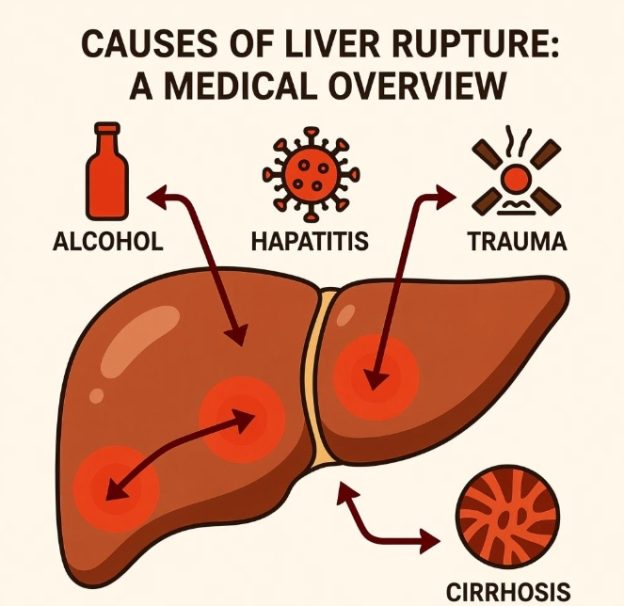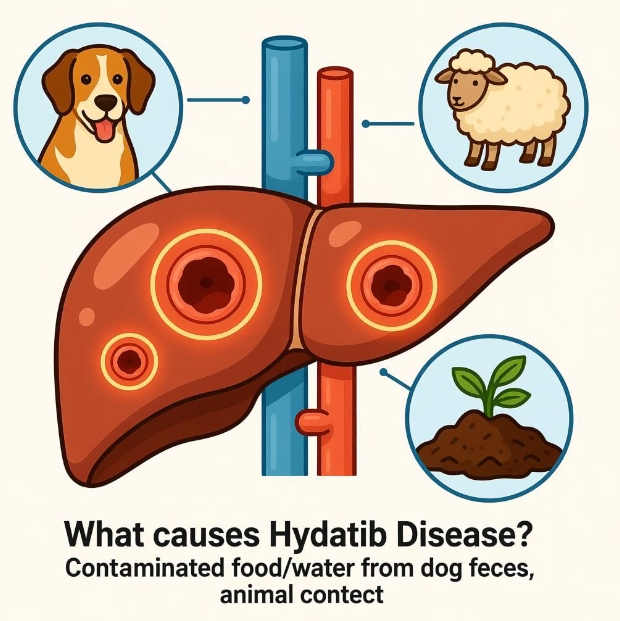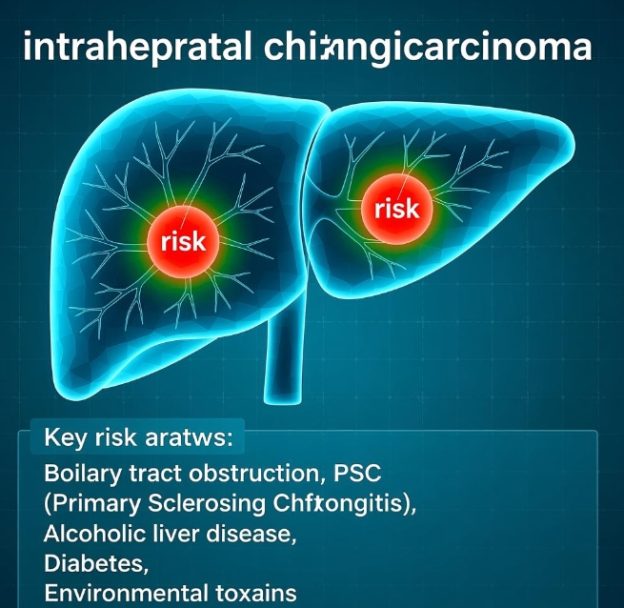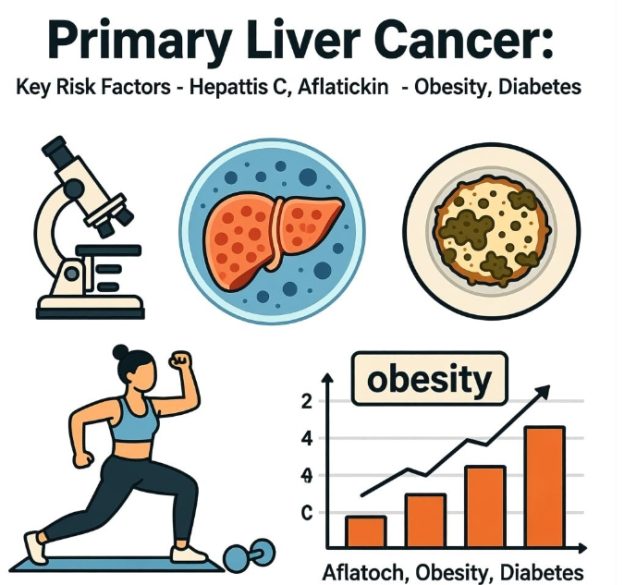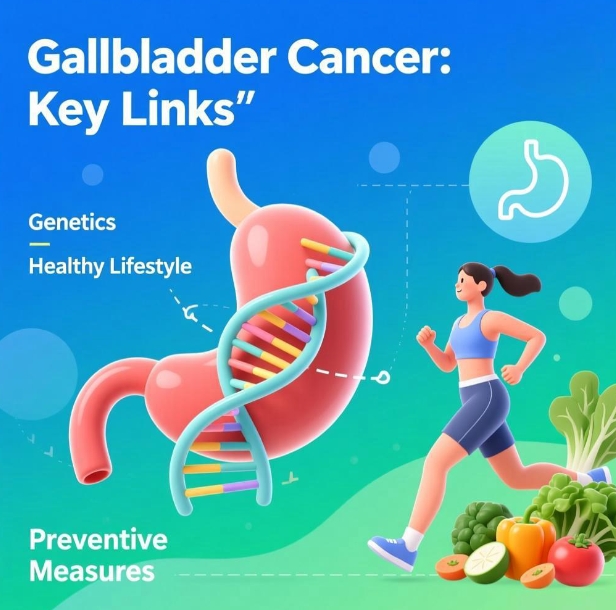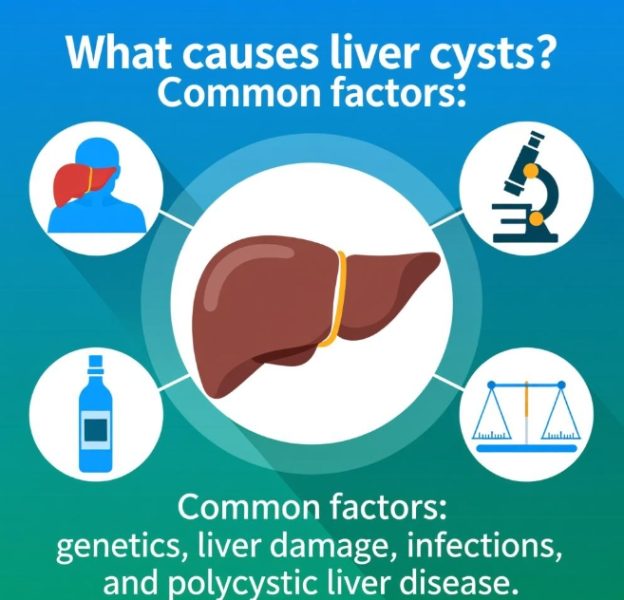Hepatic abscess is a focal collection of pus within the liver parenchyma, most frequently bacterial (pyogenic) or amoebic in origin. Clinical expression reflects the host response, abscess size, number, and the presence of systemic dissemination. Recognition of the evolving pattern is essential for early drainage and antimicrobial therapy.
- High-grade fever with rigors
Spiking temperature > 38.5 °C, often accompanied by chills and profuse sweating, is the hallmark of intrahepatic infection and may precede localising symptoms by several days. - Right-upper-quadrain pain
A constant dull ache or pleuritic pain under the costal margin is typical; larger abscesses produce a boring sensation that radiates to the right shoulder tip (diaphragmatic irritation). - Tender hepatomegaly
The liver edge is smooth, hot and exquisitely tender to percussion and palpation; a localised soft bulge may be ballotable if the abscess is superficial. - Pleuro-pulmonary manifestations
Reactive pleural effusion, basal atelectasis or diaphragmatic elevation give rise to dry cough, dyspnoea and pleuritic chest pain; hiccough suggests phrenic nerve irritation. - Gastro-intestinal upset
Anorexia, nausea and intermittent vomiting are common; large abscesses compress the stomach, producing early satiety and eructation. - Jaundice
Modest elevation of conjugated bilirubin occurs when multiple abscesses impinge on intrahepatic bile radicals or when sepsis precipitates cholestasis; frank jaundice suggests concurrent biliary obstruction. - Systemic toxicity
Tachycardia, hypotension, prolonged capillary refill and confusion indicate impending septic shock; leucocytosis with left shift and elevated C-reactive protein are uniformly present. - Amoebic colitis association
Amoebic liver abscess may be preceded by loose stools with blood and mucus; sterile dysentery can, however, be inapparent. - Complication warnings
Persistent hiccoughs, uncontrolled fever despite antibiotics, or sudden shoulder pain may herald rupture into the pleural or peritoneal cavity, requiring urgent intervention.
| Symptom / Sign | Typical Presentation |
|---|---|
| High fever & rigors | > 38.5 °C, chills, profuse sweating |
| RUQ pain | Dull ache, pleuritic, radiates to shoulder |
| Tender hepatomegaly | Hot, exquisitely tender edge |
| Pleuro-pulmonary | Dry cough, dyspnoea, pleuritic chest pain |
| GI upset | Anorexia, nausea, early satiety |
| Jaundice | Modest conjugated hyper-bilirubinaemia |
| Systemic toxicity | Tachycardia, hypotension, confusion |
| Amoebic colitis | Bloody mucoid diarrhoea (may be absent) |
| Alarm signs | Hiccoughs, uncontrolled fever → rupture |

